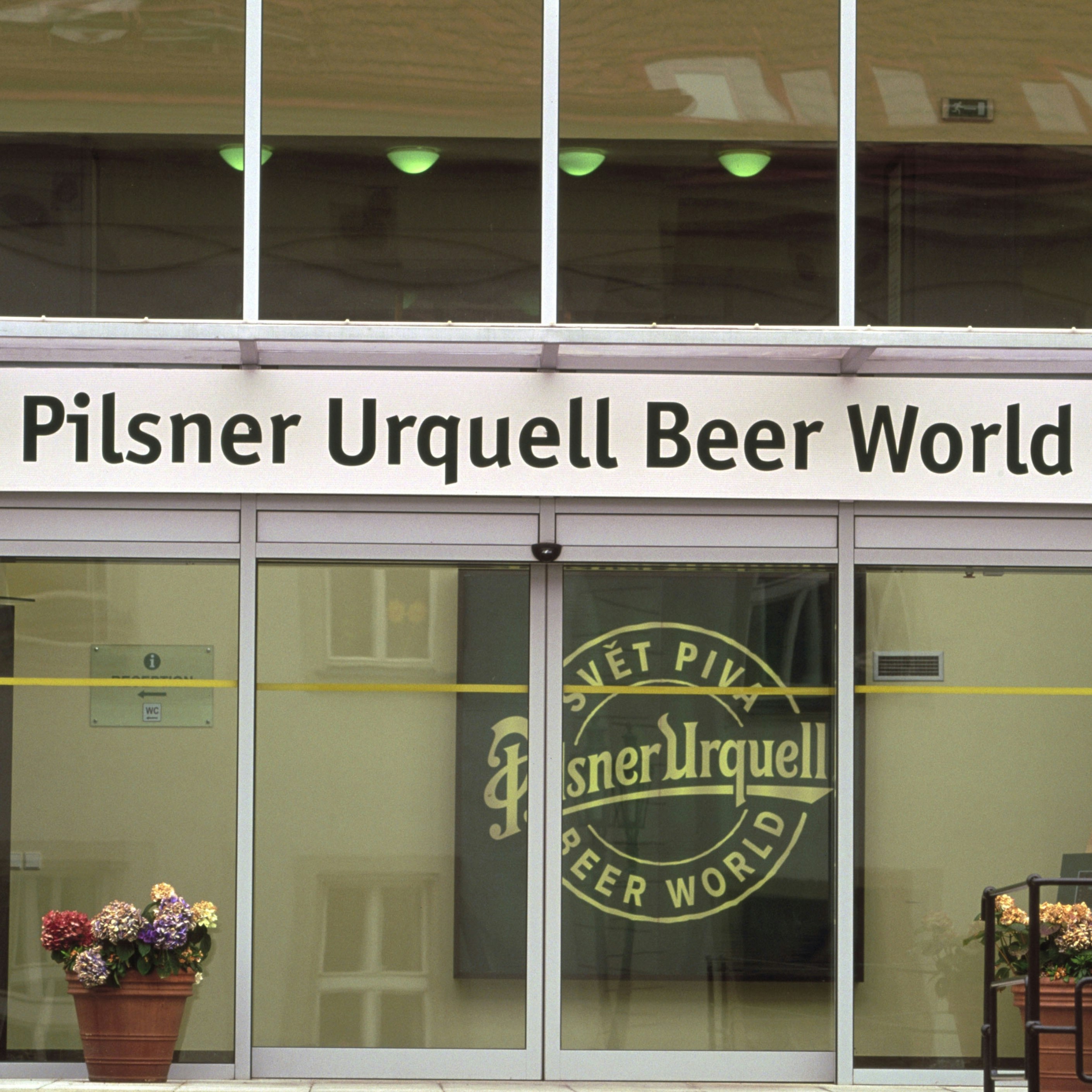Fans of early-modern architecture will want to tour this restored villa, designed by renowned architect Adolf Loos. In the 1920s and '30s Loos designed several interiors in Plzeň, though this house, created for industrialist Jan Brummel and his family, is considered the best representation of his work locally. Guided tours in English are offered through the week, though tour times must be arranged in advance. The City Information Centre can help with arrangements, or book a tour online at www.adolfloosplzen.cz.
Brummel House
Plzeň
Lonely Planet's must-see attractions

1.01 MILES
Plzeň's most popular attraction is the tour of the Pilsner Urquell Brewery, in operation since 1842 and arguably home to the world's best beer. Entry is…

0.41 MILES
Kids will have a ball at this high-tech, interactive science centre where they can play with infrared cameras, magnets and many other instructive and fun…

0.76 MILES
This extraordinary 60-minute guided tour explores the passageways below the old city. The earliest were probably dug in the 14th century, perhaps for beer…

0.6 MILES
Gigantic St Bartholomew Church looms over the surrounding facades from the centre of náměstí Republiky. The early years of the church are shrouded in…

0.49 MILES
The Patton Memorial details the liberation of Plzeň in May 1945 by the American army, under General George S Patton. Especially poignant are the…

0.92 MILES
Housed in a former tram depot, this 'makerspace' is a creative hub that provides working space for tech start-ups, artists and craftspeople, and houses…

0.75 MILES
The Brewery Museum offers an insight into how beer was made (and drunk) in the days before Pilsner Urquell was founded. Highlights include a mock-up of a…

0.56 MILES
Plzeň's museum of marionettes and puppetry is well done and certainly worth a look, especially if you're travelling with younger children. The exhibits…
Nearby Plzeň attractions
0.39 MILES
The Great Synagogue, west of the Old Town, is one of the largest in the world. It was built in the Moorish style in 1892 by the 2000 Jews who lived in…
0.41 MILES
Kids will have a ball at this high-tech, interactive science centre where they can play with infrared cameras, magnets and many other instructive and fun…
0.49 MILES
The Patton Memorial details the liberation of Plzeň in May 1945 by the American army, under General George S Patton. Especially poignant are the…
0.56 MILES
Plzeň's museum of marionettes and puppetry is well done and certainly worth a look, especially if you're travelling with younger children. The exhibits…
0.6 MILES
Gigantic St Bartholomew Church looms over the surrounding facades from the centre of náměstí Republiky. The early years of the church are shrouded in…
0.67 MILES
Plzeň's impressive main museum is generally held back by a lack of information in English, though a couple of the exhibitions, including an enthralling…
0.75 MILES
The Brewery Museum offers an insight into how beer was made (and drunk) in the days before Pilsner Urquell was founded. Highlights include a mock-up of a…
0.76 MILES
This extraordinary 60-minute guided tour explores the passageways below the old city. The earliest were probably dug in the 14th century, perhaps for beer…